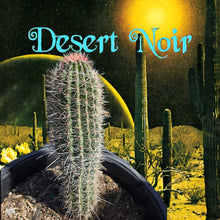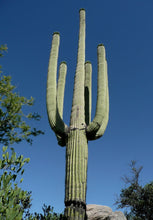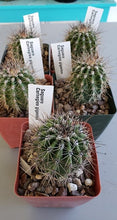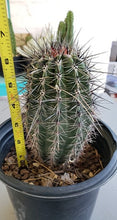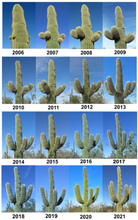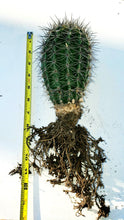
PICTURES ARE REPRESENTATIONS OF ACTUAL ITEMS RECEIVED.
🌱 Product Overview
The iconic Giant Saguaro Cactus (Carnegiea gigantea) is a living symbol of the American Southwest. With its towering columnar structure, ribbed arms, and ancient presence, it brings bold desert beauty to any garden, xeriscape, or collector’s space.
🍃 Key Features
-
True Desert Giant: Can grow 10–40 ft tall outdoors; arms may form after years of slow, steady growth
-
Color & Form: Blue-green skin with vertical ribs, spines, and waxy bloom that helps retain moisture
-
Bloom & Fruit: White, night-blooming flowers appear in spring, followed by red, edible fruit
-
Longevity: Can live over 150 years in the right conditions
-
Architectural Impact: Makes an unforgettable centerpiece in any landscape or large planter
🌵 Why Buy from DesertNoir
-
Arizona-grown, sun-hardened specimens ready for extreme conditions
-
Shipped bare root to reduce stress and ensure easy transplanting
-
Handled with care and backed by Star Seller service
-
A true collector’s cactus with unmatched size, presence, and legacy
🌿 Care & Growing Tips
-
Hardiness Zone: USDA 8a–11b (cold hardy to ~10°F when dry)
-
Light: Full sun is ideal; thrives in reflected heat and bright exposure
-
Water: Deep soak only when fully dry; typically every 3–4 weeks in summer
-
Soil: Use a gritty, well-draining cactus mix—avoid standing water
-
Container or Ground: Great for large pots or directly in landscape beds
📦 Shipping & Guarantee
-
Ships bare root every Wednesday for orders placed by the previous Sunday
-
Slight delays may occur based on inventory or weather
-
Each cactus is unique in form and spine character; photos are representative
-
Contact us within 48 hours of delivery for help with any issues
-
International buyers are responsible for duties and import regulations
✨ Why It Rocks
Nothing says “desert” like the Giant Saguaro. With its towering form and spiritual presence, it’s more than a plant—it’s a symbol of strength, time, and the raw beauty of the wild Southwest.












